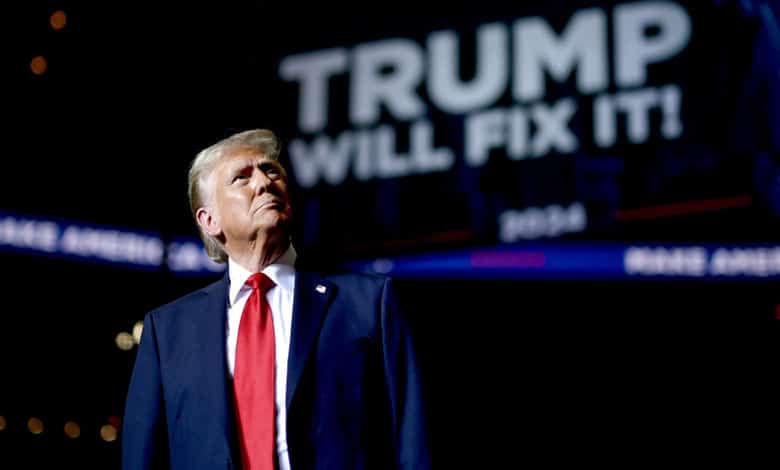Tariff Wars 2.0: Trump’s Reciprocal Strategy Could Reshape World Economy
President Donald Trump is making sweeping changes to U.S. trade policy with the introduction of reciprocal tariffs, a move likely to disrupt global trade and stir tensions with both U.S. allies and adversaries.

Washington: President Donald Trump is making sweeping changes to U.S. trade policy with the introduction of reciprocal tariffs, a move likely to disrupt global trade and stir tensions with both U.S. allies and adversaries. The new approach threatens to overturn decades of established trade practices and set the stage for a turbulent period of international commerce.
Table of Contents
A Major Departure from Long-standing Trade Practices
Since the 1960s, tariffs, or import taxes, have been a product of extensive negotiations between multiple countries, with a focus on lowering trade barriers. President Trump, however, aims to break with this tradition by imposing higher tariffs on foreign goods that match those levied by other nations on U.S. products.
“The way things have been done for a long time is being upended,” said Richard Mojica, a trade attorney. “Clearly, this is going to cause chaos in the global trade system. Adjustments will have to be made everywhere.”
Also Read: Federal Judges Block Trump’s Executive Order Banning Gender-Affirming Care for Youth
Trump’s Rationale: Unfair Trade Deficits
Trump argues that America’s massive and persistent trade deficits – not seen since 1975 when the U.S. sold more than it bought – are due to unfair foreign tariffs on American products. He claims that countries impose higher tariffs on U.S. exports, which gives them an advantage in global trade. To counter this, Trump is proposing that U.S. tariffs match or exceed the import taxes of other countries.
The administration has already imposed a series of tariffs, including a 10% tax on Chinese goods, a hike on steel and aluminum imports, and a potential 25% tariff on goods from Canada and Mexico.
What Are Reciprocal Tariffs?
Reciprocal tariffs are a relatively simple concept: The U.S. would raise tariffs on foreign goods to mirror the rates other countries impose on U.S. products. For example, if another country imposes a 25% tariff, the U.S. would match that rate.
However, as trade experts point out, the details remain unclear. The White House has directed the Commerce Secretary to submit a report by April 1, outlining how the new tariffs would be implemented.
“Whether the U.S. will adjust tariffs one product at a time or take an average tariff approach is still uncertain,” said Antonio Rivera, a trade lawyer.
A History of U.S. Trade Policy
Post-World War II, the U.S. pushed for the reduction of global trade barriers. For decades, America practiced free trade, keeping tariffs low while encouraging other nations to do the same. However, under Trump’s administration, the focus has shifted toward protectionist measures in an effort to combat foreign competition that the president claims hurts American workers.
While past presidents, including Joe Biden, have maintained some of Trump’s tariffs, economists remain critical of the effectiveness of tariffs, as they are often passed on to consumers and fail to reduce trade deficits.
Challenges for Global Trade Relations
The introduction of reciprocal tariffs is expected to strain trade relationships, especially with the European Union and other global trading partners. For example, European value-added taxes (VATs), which Trump considers a form of tariff, have long been a point of contention. However, most economists argue that VATs are not trade barriers, as they apply equally to both domestic and foreign goods.
Economic Concerns Over the Trade Deficit
Despite Trump’s push to narrow the trade deficit through tariffs, the gap has continued to widen. Last year, the U.S. trade deficit surged to $918 billion, marking the second-highest level on record.
Economists argue that the U.S. trade deficit is largely due to the nation’s reliance on foreign borrowing to support its consumption habits, which is not easily corrected by tariffs. “The trade deficit stems from a lack of savings and high consumption,” said Kimberly Clausing, a UCLA economist. “Until those issues are addressed, the trade imbalance will persist.”
As Trump’s administration rolls out its reciprocal tariff plan, it remains to be seen how the global business community and foreign governments will react, and whether this new approach will lead to more balanced trade or heightened conflict on the world stage.
